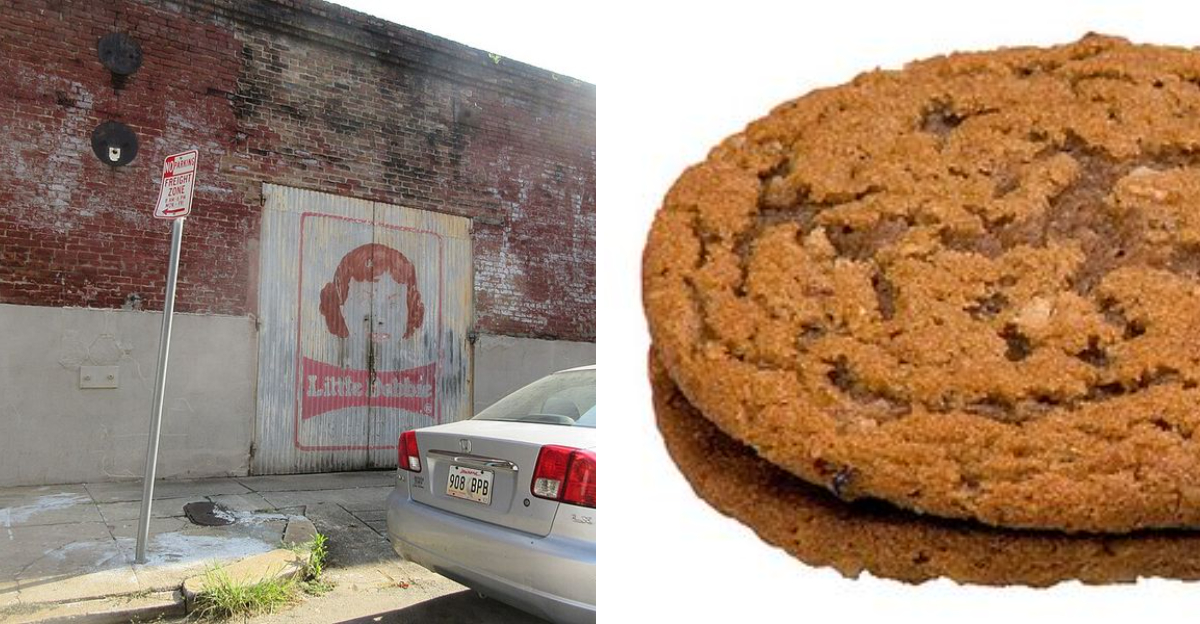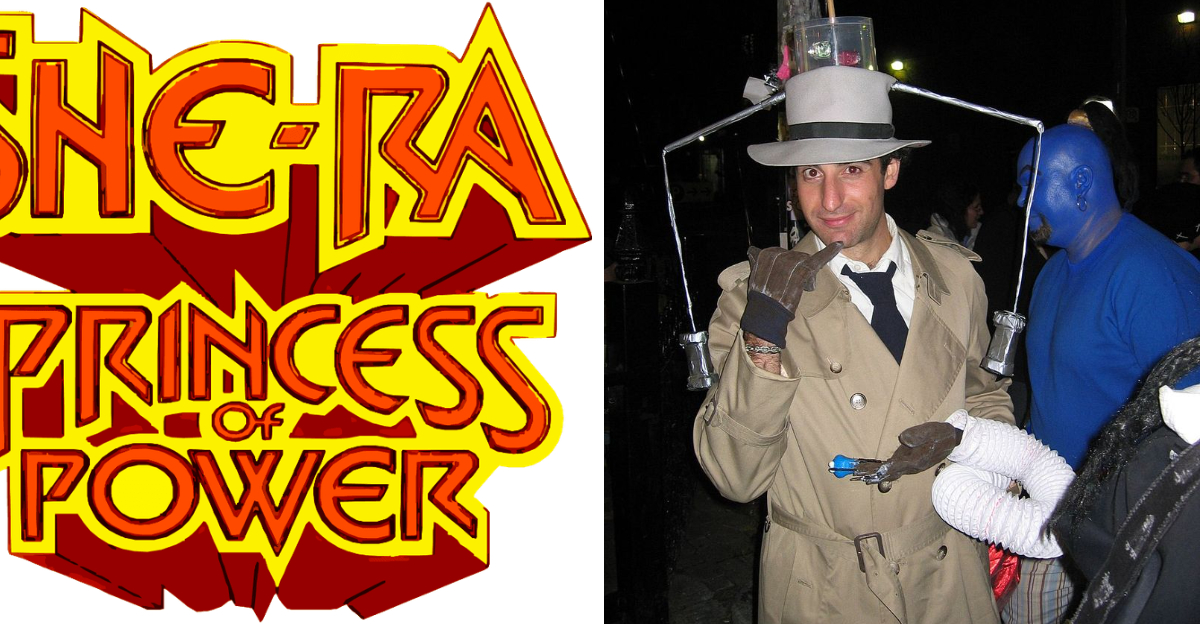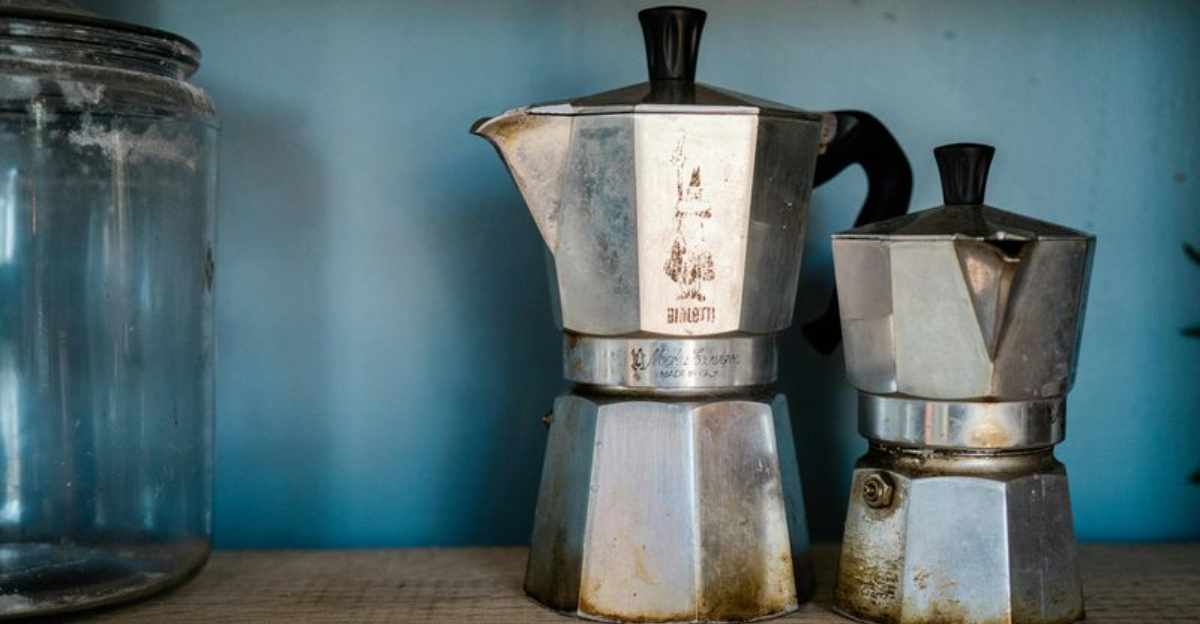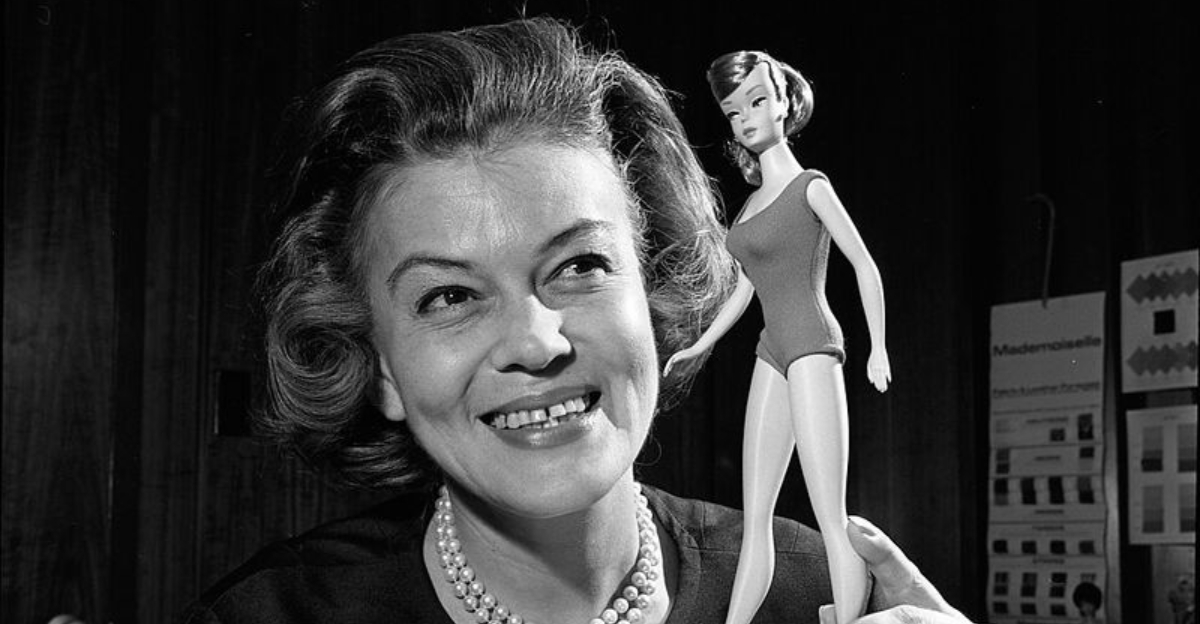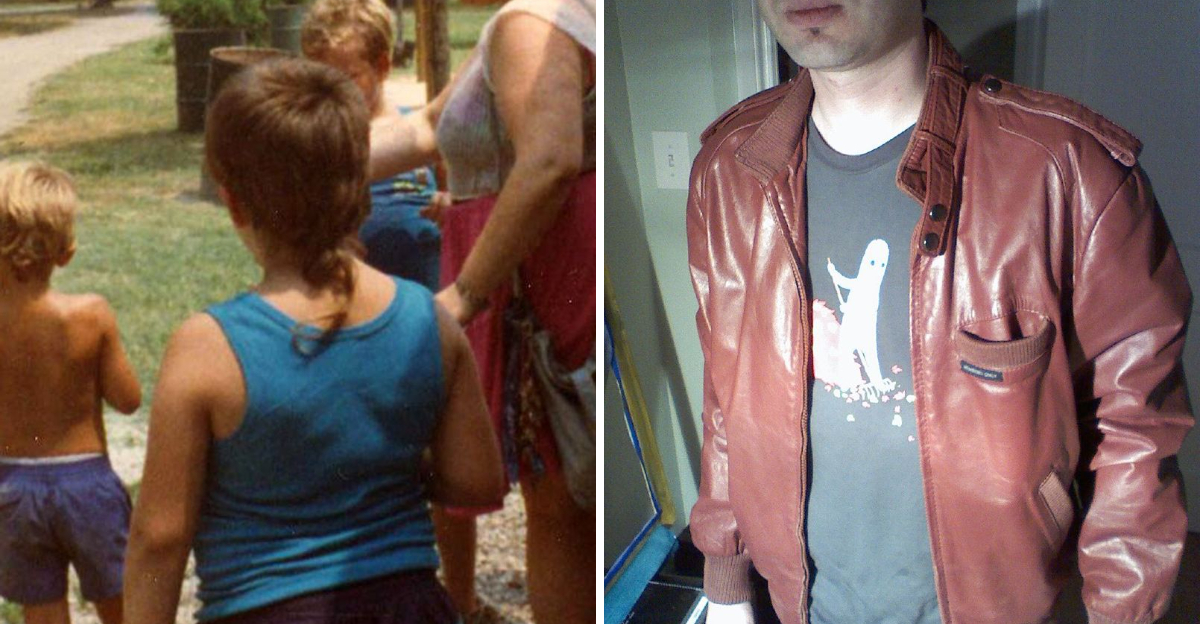16 Great Depression Images That Reveal The Harsh Reality Of The Era
When the stock market crashed in 1929, America plunged into the darkest economic crisis it had ever faced.
Families lost everything overnight, and photographers captured the raw struggles of everyday people just trying to survive.
These powerful images tell stories that history books alone can never fully convey.
1. Migrant Mother by Dorothea Lange
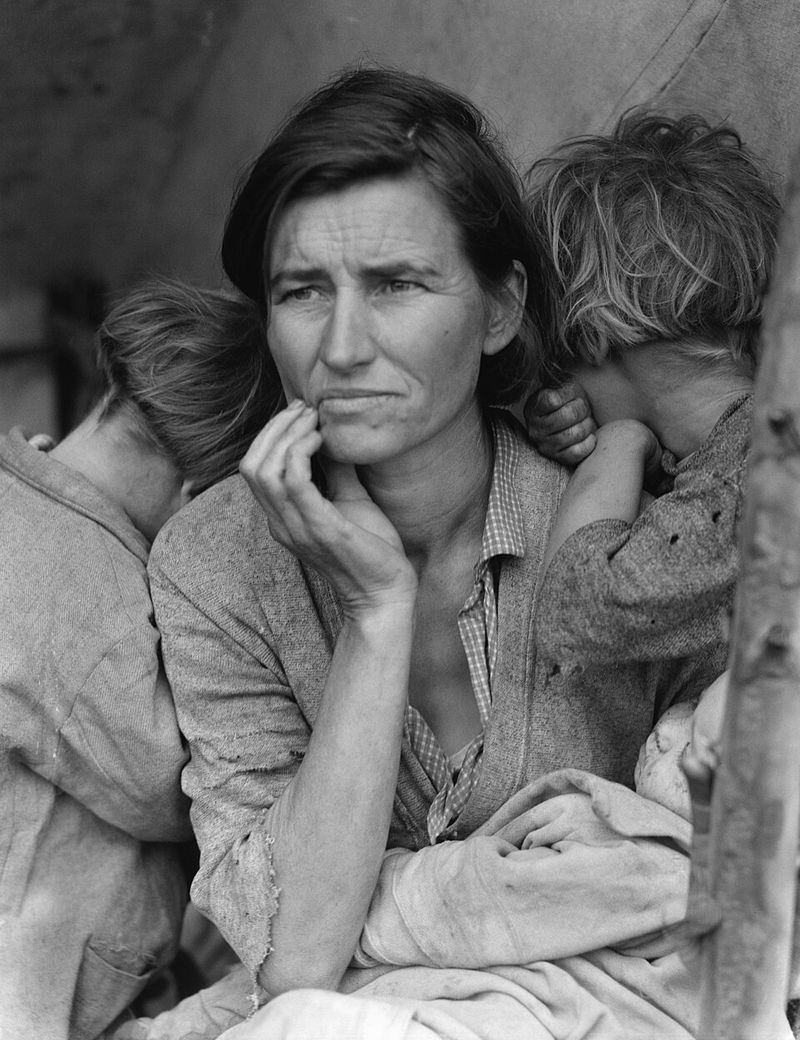
Perhaps no single photograph captures the desperation of the 1930s quite like this iconic portrait. Florence Owens Thompson sits with her children, her face etched with worry as she stares into an uncertain future.
Her hollow eyes and worn features speak volumes about the struggles of migrant workers during this brutal time. This image became the face of Depression-era suffering and remains unforgettable today.
2. Breadlines Stretching City Blocks
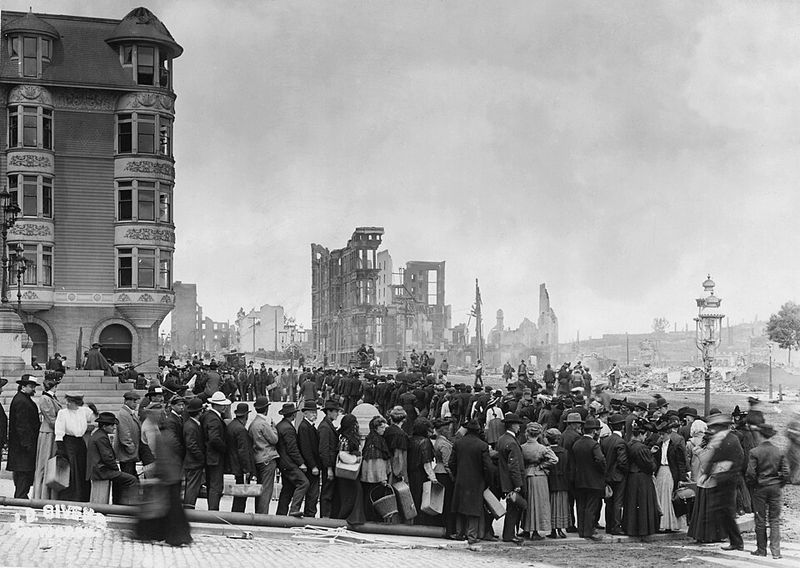
Hunger became an everyday reality for millions of Americans who once lived comfortably. Men who formerly held respectable jobs now waited hours for a simple bowl of soup or slice of bread.
These endless queues snaked around buildings in every major city, a visible reminder that no one was safe from economic collapse. Pride took a backseat to survival when stomachs growled.
3. Dust Bowl Storms Swallowing Farms
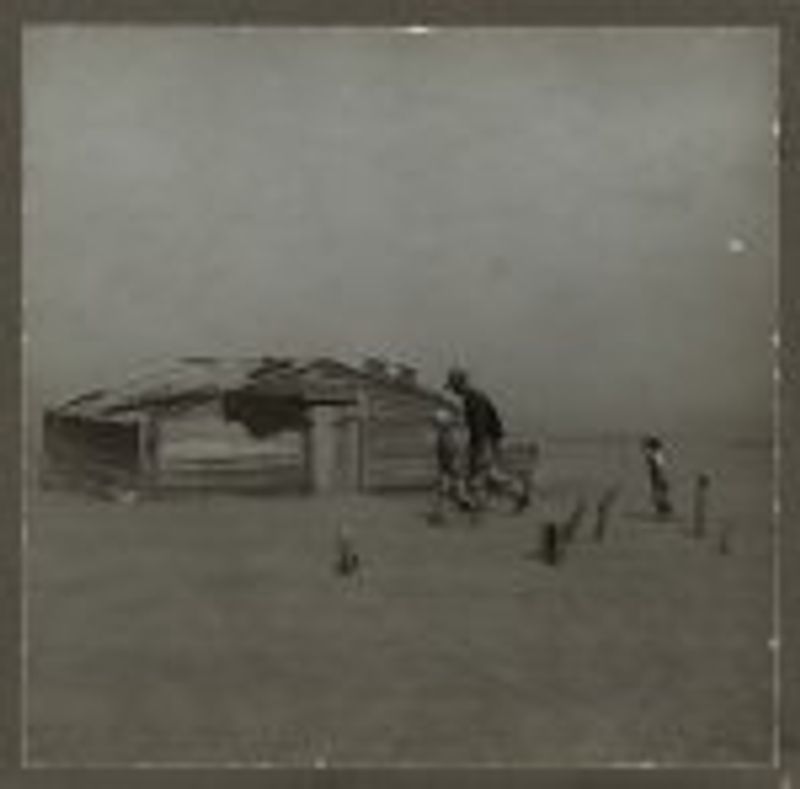
Mother Nature seemed to conspire against struggling farmers as giant walls of dust rolled across the plains. These terrifying storms turned day into night, burying crops and homes under mountains of dirt.
Families watched helplessly as years of hard work disappeared in minutes. The combination of drought and poor farming practices created an environmental disaster that forced thousands to abandon their land.
4. Foreclosed Farms and Abandoned Homes
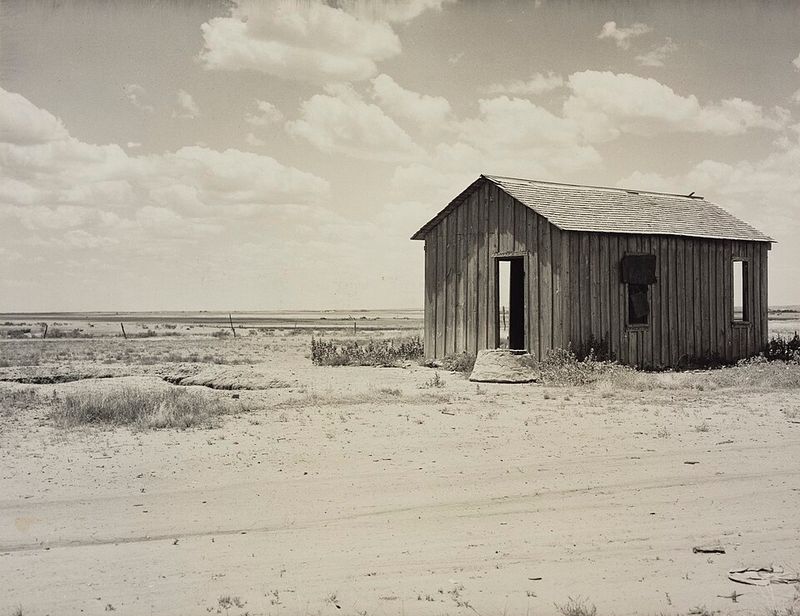
Banks showed little mercy when families couldn’t pay their mortgages during the economic crisis. Foreclosure signs appeared like weeds across America, marking dreams that had died.
Empty houses stood as ghostly reminders of families torn apart by financial ruin. What was once someone’s pride and joy became just another statistic in the nation’s economic nightmare.
5. Children Working Instead of Playing
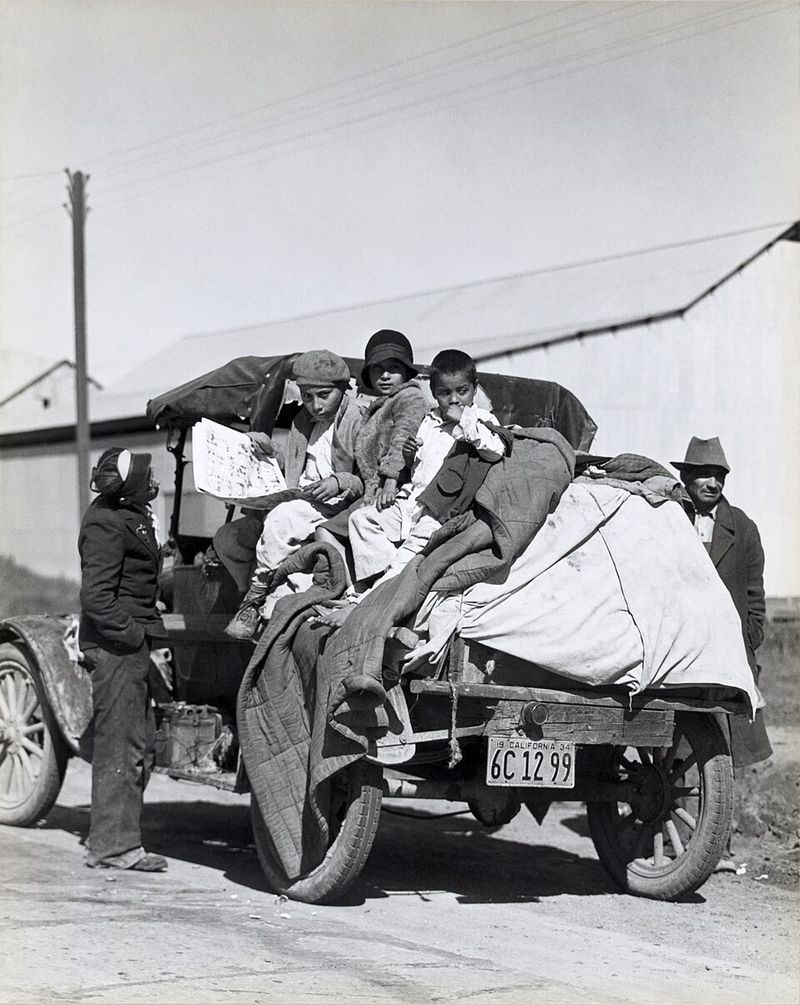
Childhood innocence became a luxury most families couldn’t afford during these desperate times. Kids as young as six worked alongside their parents in fields, factories, and city streets.
School became optional when survival wasn’t guaranteed, robbing an entire generation of education and carefree youth. Their tired faces and small hands doing adult work remain heartbreaking to witness.
6. Hooverville Shantytowns
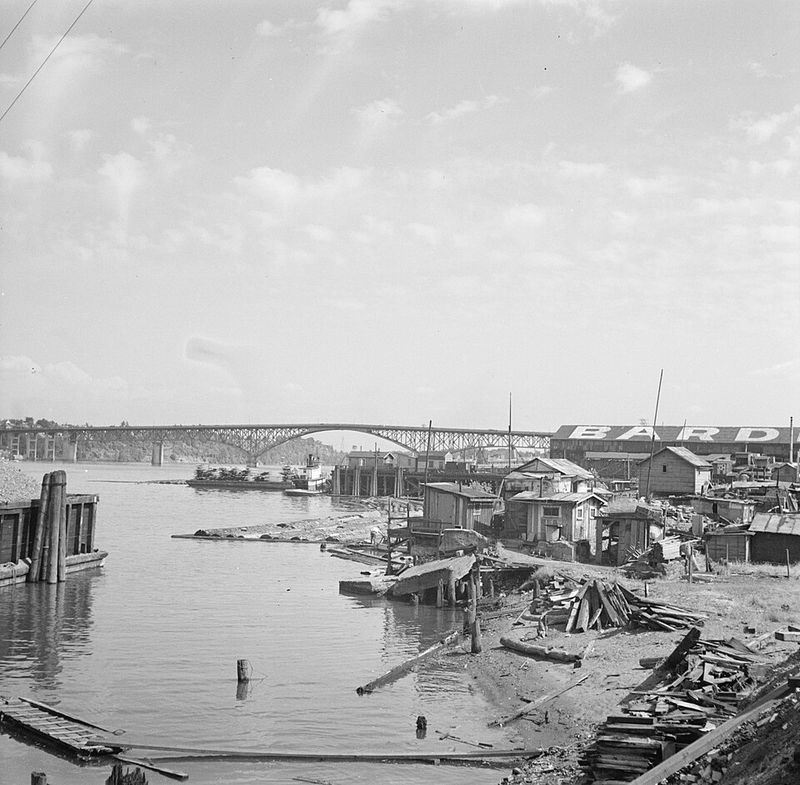
Homeless families built entire communities from garbage, naming them mockingly after President Hoover. These ramshackle villages sprang up in parks, vacant lots, and city outskirts across the country.
Cardboard boxes, rusty metal sheets, and salvaged wood became homes for thousands who lost everything. The settlements showed both human resourcefulness and the government’s failure to protect its citizens.
7. Empty Factories and Silent Assembly Lines
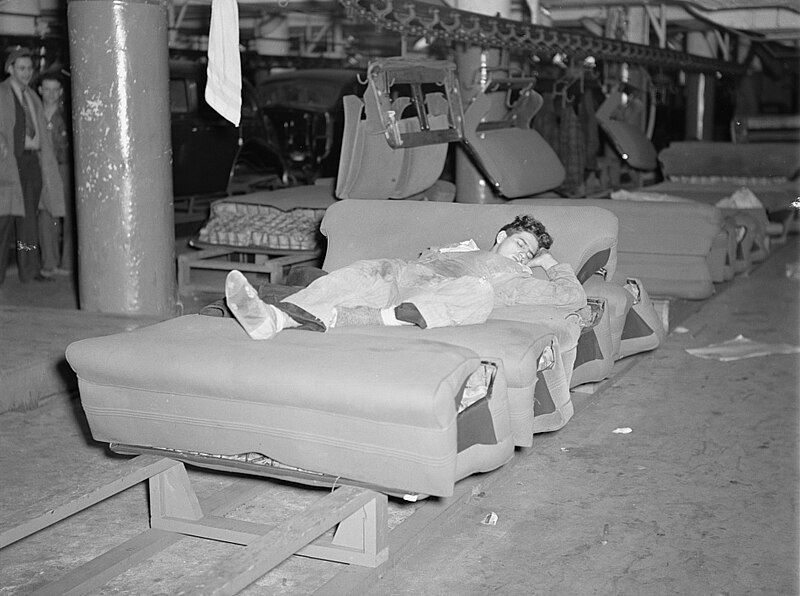
Industrial America ground to a halt as demand evaporated and production ceased. Machines that once roared with activity sat silent and rusting in cavernous buildings.
Workers who depended on steady factory wages found themselves suddenly jobless with no prospects. The eerie quiet in these industrial graveyards contrasted sharply with the bustling productivity of just years before.
8. Families Living in Cars
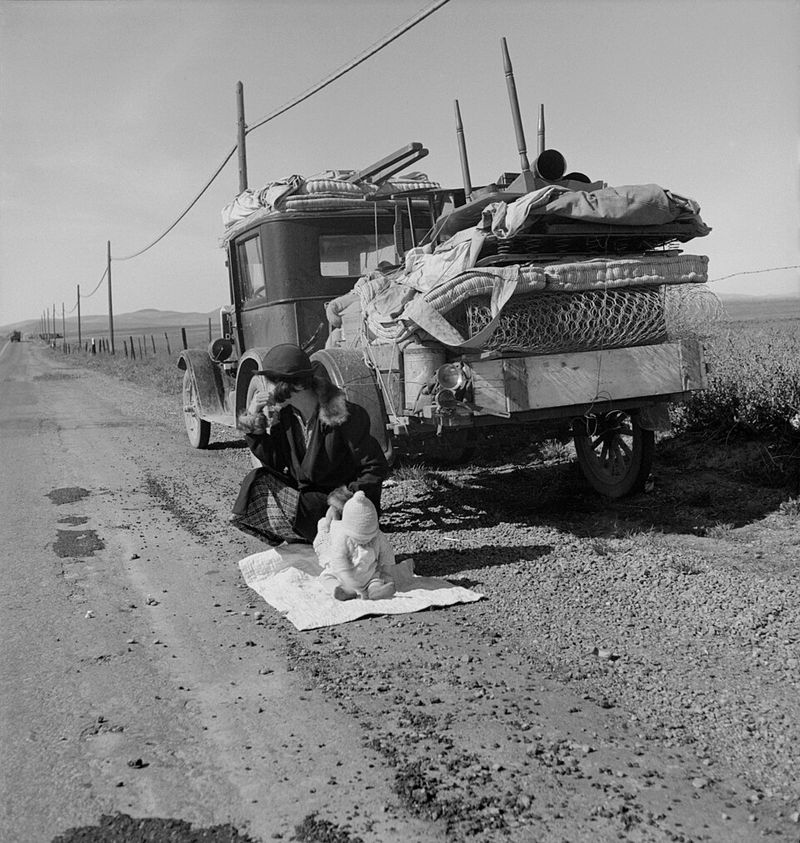
When homes were lost, automobiles became the last refuge for desperate families. Parents and children crammed into vehicles with whatever possessions they could salvage.
These mobile homeless shelters lined roads and parks, offering minimal protection from weather and zero privacy. Cars represented both the American dream and its complete breakdown during this terrible period.
9. Jobless Men Reading Want Ads
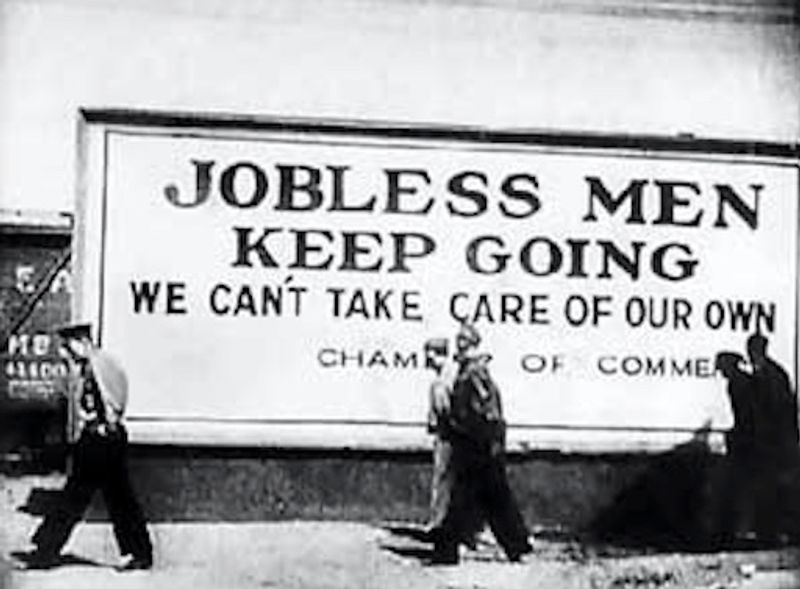
Newspapers became precious commodities as desperate workers scoured the classifieds for any opportunity. Crowds gathered wherever someone posted job listings, hoping to be first in line.
Competition for even the worst positions reached absurd levels, with hundreds applying for single openings. The ritual of checking want ads became a daily humiliation for millions of skilled workers.
10. Malnourished Children with Hollow Eyes
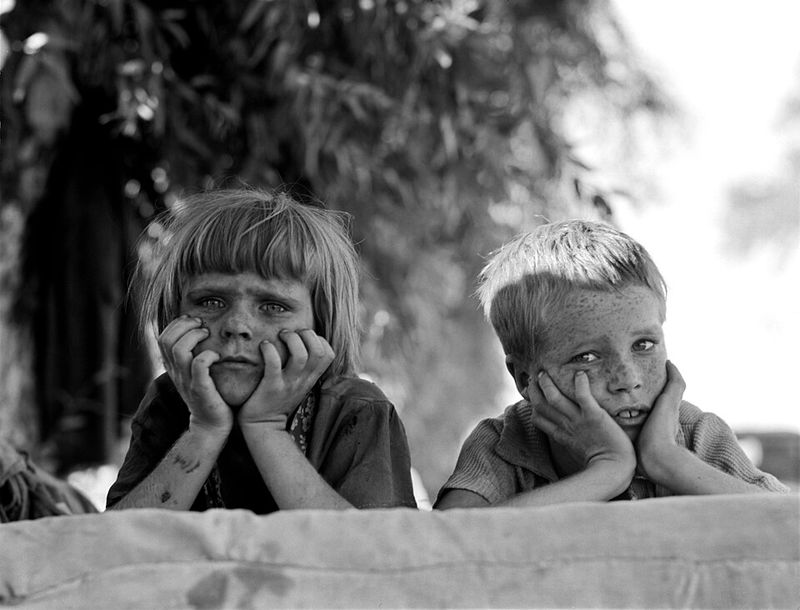
Hunger left visible marks on America’s youngest victims, their bodies showing the effects of chronic malnutrition. Sunken cheeks and listless expressions replaced the energy and joy of healthy childhood.
Parents made impossible choices about who ate and who went hungry when food ran out. These images of suffering children shocked the nation and highlighted the crisis’s human cost.
11. Bank Runs and Panicked Depositors
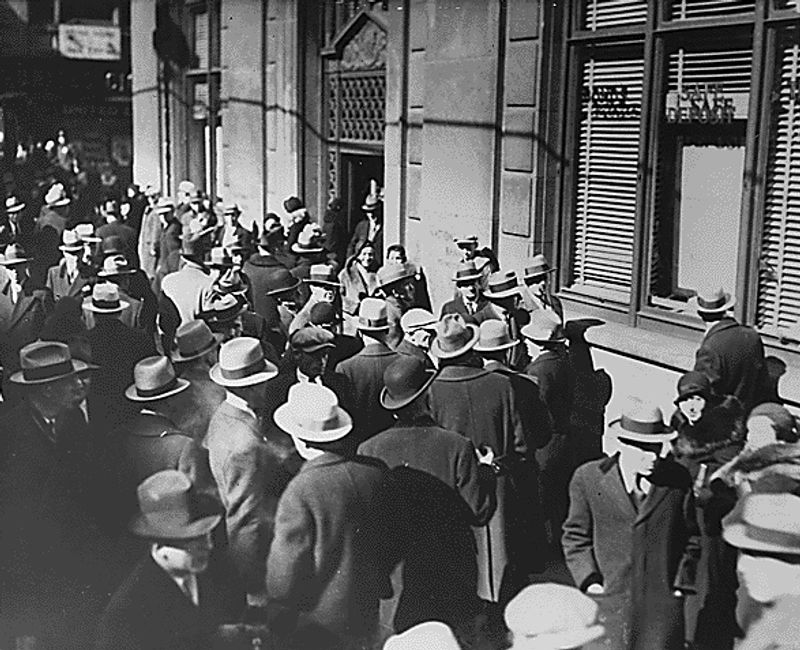
Fear spread like wildfire when rumors suggested a bank might fail, sending customers racing to withdraw their savings. Thousands pushed and shoved, desperate to reach tellers before the vault emptied.
Many discovered they were too late, their life savings vanished into thin air. These chaotic scenes destroyed public confidence in financial institutions and deepened the economic spiral.
12. Soup Kitchens and Free Food Lines
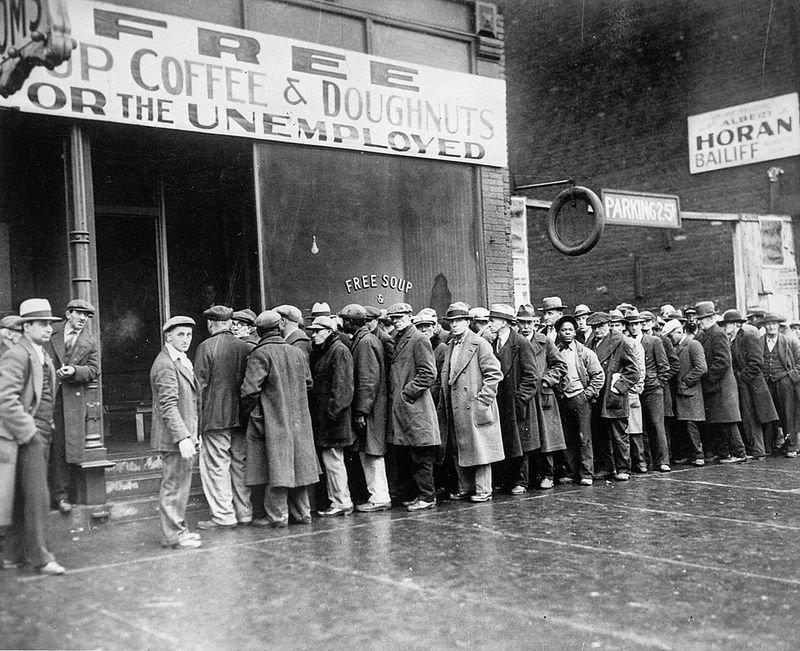
Charitable organizations and churches became lifelines, serving millions of free meals to the hungry. Volunteers ladled soup and distributed bread to endless lines of grateful recipients.
Without these kitchens, starvation would have claimed far more victims during the crisis. The scenes inside showed both the worst of times and the best of human compassion.
13. Eviction Scenes and Belongings on Sidewalks
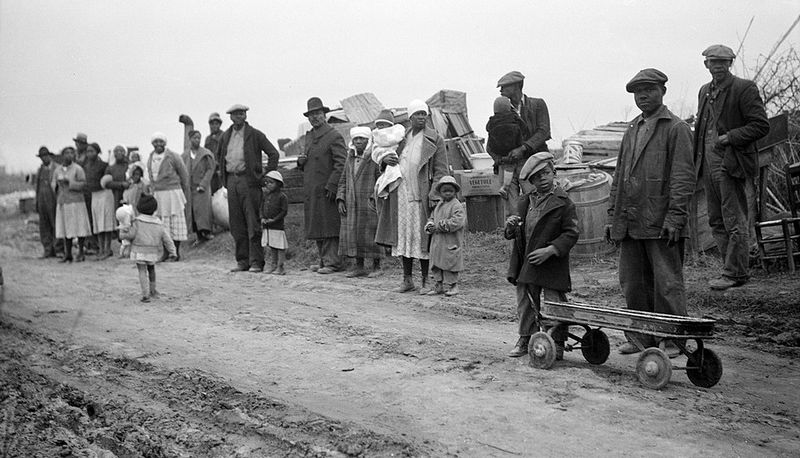
Landlords forced countless families onto the streets when rent money ran out. Furniture, clothing, and personal items ended up in humiliating piles on public sidewalks.
Neighbors watched in horror, knowing they might be next as the economic crisis deepened. These public displays of private tragedy became common sights in cities across America during the Depression.
14. Migrant Workers in Overcrowded Camps
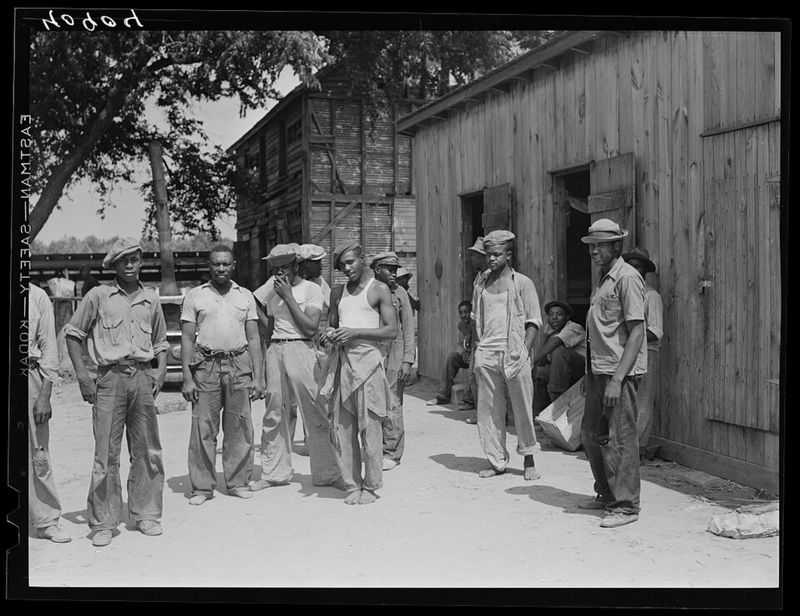
Displaced families followed harvest seasons westward, living in squalid camps with minimal sanitation or shelter. Entire communities of migrants moved from crop to crop, working for pennies.
California’s agricultural valleys filled with desperate workers competing for backbreaking labor. Their temporary settlements revealed the human cost of agricultural economics during America’s darkest decade.
15. Protest Marches and Hunger Demonstrations
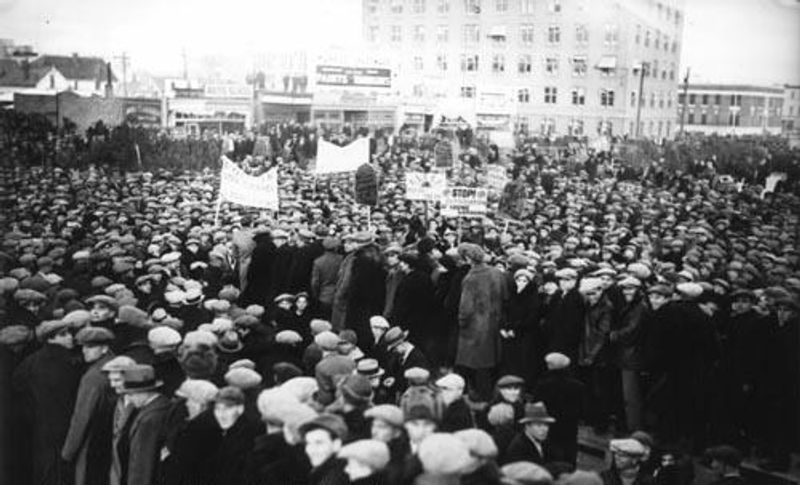
Frustration eventually boiled over into public demonstrations demanding government action and relief. Thousands marched carrying signs pleading for work, food, and economic justice.
These protests sometimes turned violent when police tried to disperse desperate crowds. The demonstrations showed that American patience had limits, even during the nation’s greatest crisis.
16. Rural Schools Closing for Lack of Funds
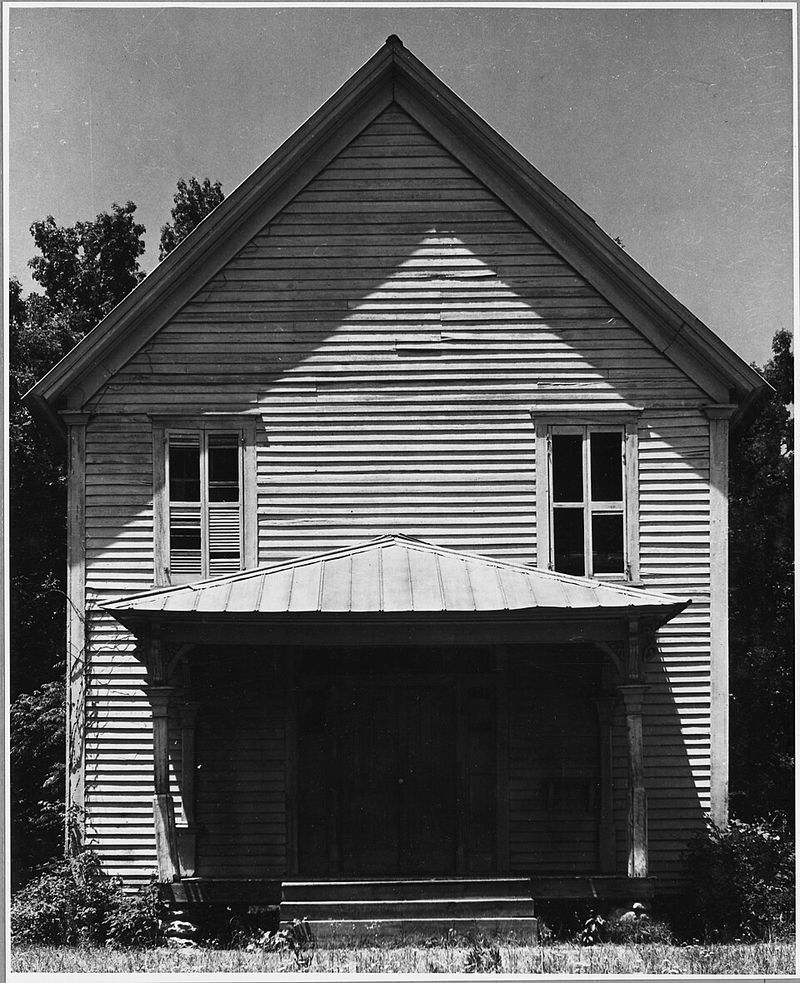
Education became another casualty as broke school districts shut down operations. Rural one-room schoolhouses closed permanently, leaving children without access to learning.
Teachers worked without pay or gave up entirely when districts couldn’t afford salaries. The closure of schools threatened to create a lost generation lacking basic education needed for future success.

